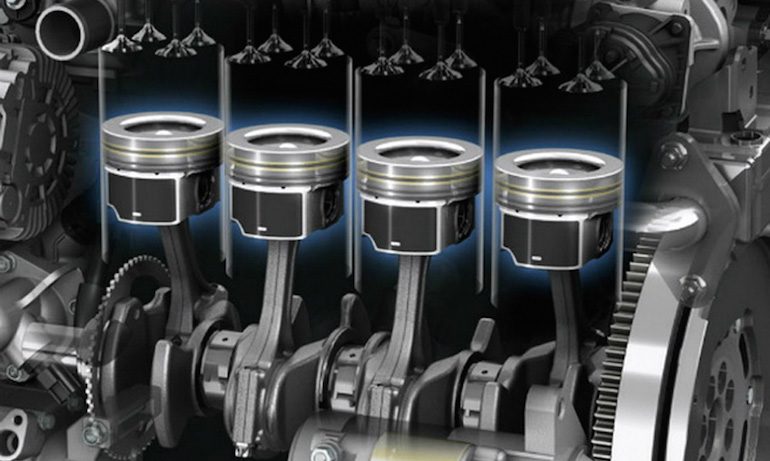
Decrease and increase the compression ratio
Content
Car tuning is a favorite topic of many motorists. If we conditionally divide all types of modernization of machines, then there will be two categories: technical and visual. In the second case, only the appearance of the vehicle changes. An example of this is sticker bombing or modernization in style stens auto.
There are also many options for technical tuning. If in the first case the car can only look sporty, then the modernization of the power unit does not in any way affect the appearance of the car. But when an inconspicuous car is put up for a race, spectators expect a furore, because they understand that the owner of the car has prepared something interesting.

However, modernization of an engine in a car is not always aimed at increasing its power and efficiency. Some car owners set themselves the goal of derating the engine. There are several ways to increase and decrease the performance of the unit. Let's consider one of them in more detail. This is an increase / decrease in the compression ratio.
Increasing the compression ratio
It is known that the compression ratio, among other factors, directly affects the engine power. If forcing the engine using cylinder bore leads to an increase in fuel consumption, then this procedure does not affect this characteristic. The reason for this is that the volume of the engine remains the same (for more details on what it is, read here), but the fuel consumption is slightly less.
Some motorists think about carrying out this procedure in order to increase compression without changing the amount of fuel consumed. If the consumption has increased, this first of all indicates that some malfunctions are occurring in the engine or fuel supply system. An increase in the compression ratio in this case can not only change nothing, but, on the contrary, provoke some breakdowns.
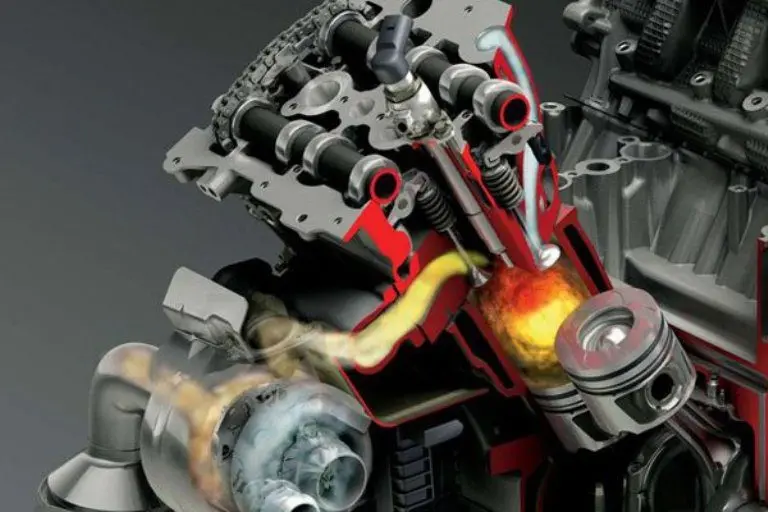
If compression has fallen, then this malfunction may indicate burnout valves, breakage of O-rings, etc. More details on how compression measurements can determine some motor malfunctions is described in separate article... For this reason, before you start forcing the motor, you need to eliminate the malfunctions that have arisen.
This is what the increased compression of the air-fuel mixture gives in a serviceable engine:
- Increase the efficiency of the engine (the efficiency of the internal combustion engine increases, but the consumption does not change);
- The power of the power unit increases due to stronger jolts, which provoke the combustion of the BTC;
- Compression increase.
In addition to the advantages, this procedure has its own side effects. So, after forcing, you will need to use fuel with an increased octane number (for more details about this value, read here). If you fill the tank with the same gasoline as previously used, there is a risk of knocking. This is when the combustible mixture does not ignite at the moment the spark is applied, but explodes.
The uncontrolled and abrupt combustion of the BTC will affect the condition of the pistons, valves and the entire crank mechanism. Because of this, the working life of the power unit is sharply reduced. This effect is critical for any engine, regardless of whether it is a two-stroke or four-stroke unit.
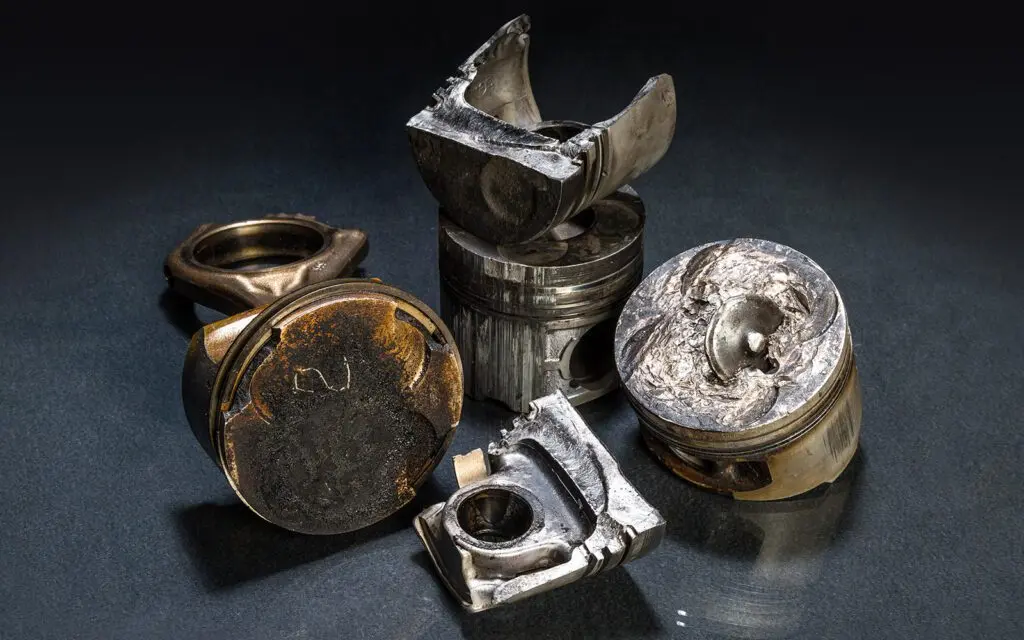
Such a "sore" suffers not only from a gasoline engine that has been forced using the method under consideration, but also from a diesel unit. So that the increase in the compression ratio does not affect the operation of the engine, in addition to its alteration, it will be necessary to subsequently fill the tank of a gasoline car with fuel, say, not 92, but already 95 or even 98 brands.
Before proceeding with the modernization of the unit, one should weigh whether it will really be economically justified. As for cars equipped with gas installations (read about the features of the installation of LPG separately), then detonation practically never occurs in them. The reason for this is that the gas has a high RON. This indicator for such a fuel is 108, so that in engines running on gas, it is possible to increase the compression threshold without fear.
2 ways to increase the compression ratio
The key principle of this method of forcing the engine is to change the volume of the combustion chamber. This is the space above the piston, in which the fuel and a portion of compressed air are mixed (direct injection systems) or a ready-made mixture is supplied.
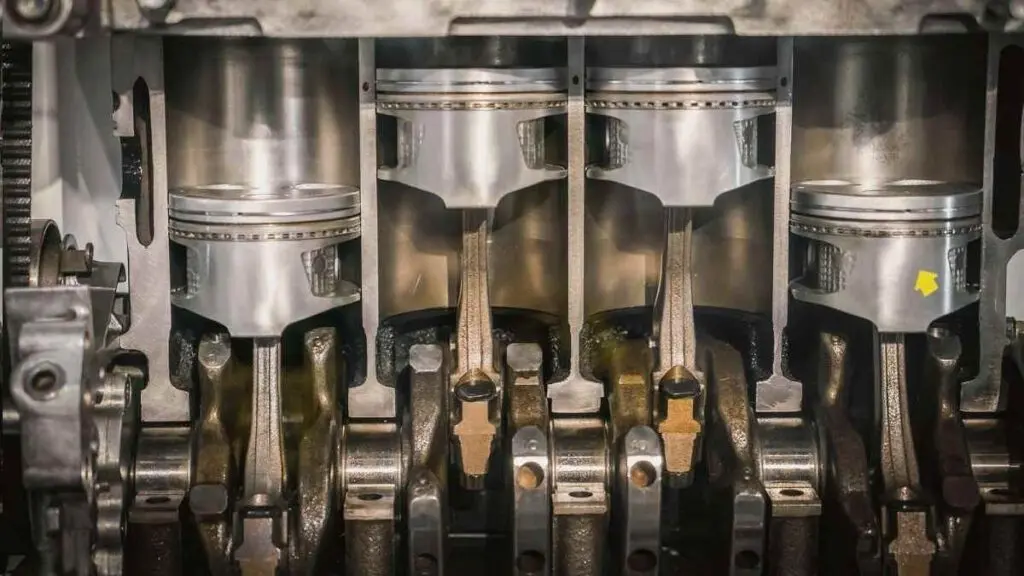
Even at the factory, the manufacturer calculates a certain compression ratio for a specific unit. To change this parameter, you need to calculate to what value you can reduce the volume of the above-piston space.
Let's look at two of the most common ways in which the chamber above the piston at top dead center becomes smaller.
Installing a thinner engine gasket
The first is to use a thinner cylinder head gasket. Before buying this element, you need to calculate how much the above-piston space will decrease, and also take into account the structural features of the pistons.
Some types of pistons may collide with open valves when the combustion chamber decreases. The structure of the bottom will depend on whether a similar method of forcing the engine can be used or not.
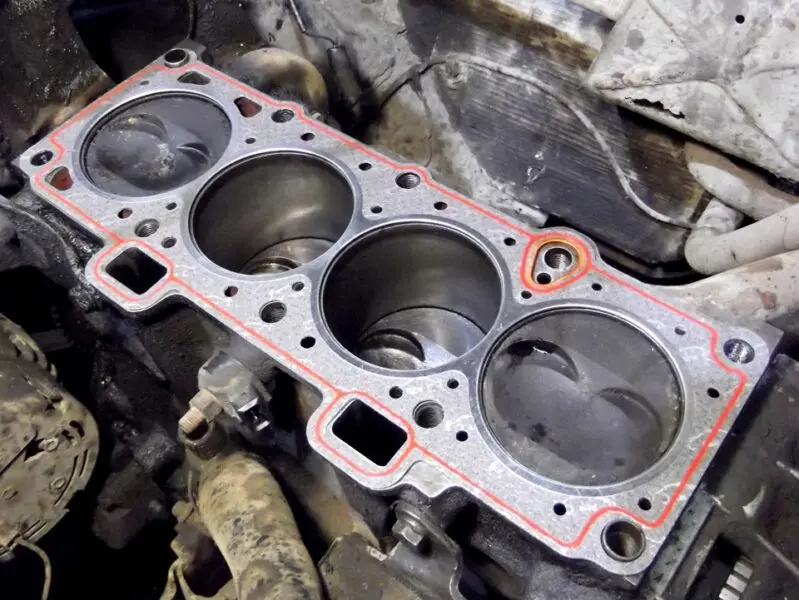
If, nevertheless, a decision is made to reduce the volume of space above the piston using a thinner gasket, then it is worth taking a closer look at pistons with a concave bottom. In addition to installing new parts with non-standard dimensions, you will also have to adjust the valve timing (what is this, it says here).
When the gasket is replaced due to burnout, the head must be sanded. Depending on how many times a similar procedure has already been carried out, the volume of the above-piston space will gradually decrease.
Before starting to increase the compression ratio, it is important to make sure whether the grinding was done by the previous car owner or not. The possibility of the procedure will also depend on this.
Cylinder boring
The second way to change the compression ratio is to bore the cylinders. In this case, we do not touch the head itself. As a result, the volume of the engine slightly increases (along with this, the fuel consumption will increase), but the volume of the piston space itself does not change. Due to this, the larger volume of the VTS will be compressed to the size of the unchanged combustion chamber.
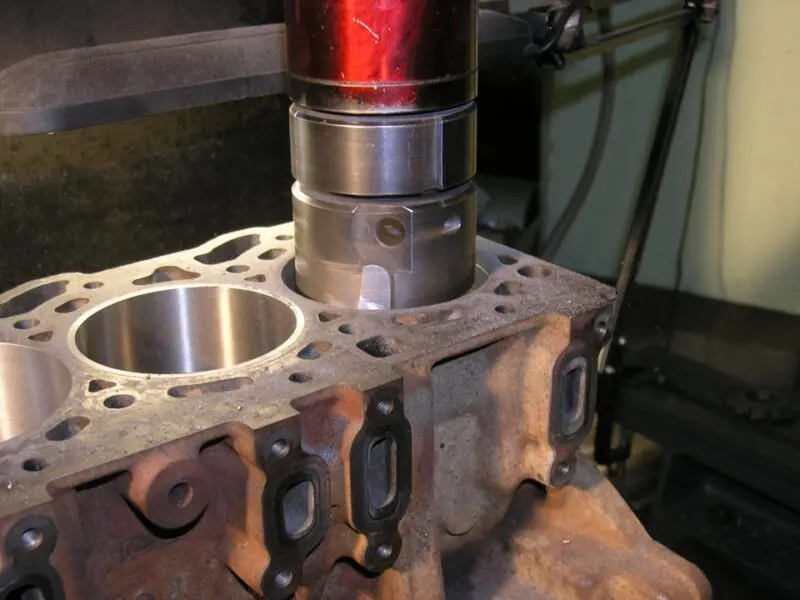
There are several nuances to consider when performing this procedure:
- If the engine is forced to increase power, but not at the expense of increasing fuel consumption, this method is not suitable. Of course, the "gluttony" of the car increases slightly, but it is still present.
- Before you bore the cylinders, you need to measure what kind of pistons you will need. The main thing is that you can choose the right parts after modernization.
- Using this method will certainly lead to additional waste - you need to buy non-standard pistons, rings, pay money to a professional turner who will do the job well. And this is in addition to the fact that you will need to switch to another brand of gasoline.
- A greater effect of increasing the compression ratio will be observed in the case of those engines that have a small CC tuned from the factory. If the machine is equipped with an already boosted unit (from the factory), then there will be no significant increase from such a procedure.
Reducing compression ratio
This procedure is carried out if derating of the unit is required. For example, motorists who wanted to save on fuel reduced the SS. The lower compression ratio of the air-fuel mixture allows the use of gasoline with a lower octane number.
In the past, the difference between 92nd and 76th was significant, which made the procedure cost effective. Today, the 76th gasoline is a rather rare occurrence, which complicates the task for a motorist when he needs to cover a long distance (very few gas stations sell this brand of fuel).
Such modernization had an effect only in the case of old car models. Modern cars are equipped with better fuel systems that are demanding on gasoline. For this reason, apparent savings can even harm the vehicle, rather than benefit.
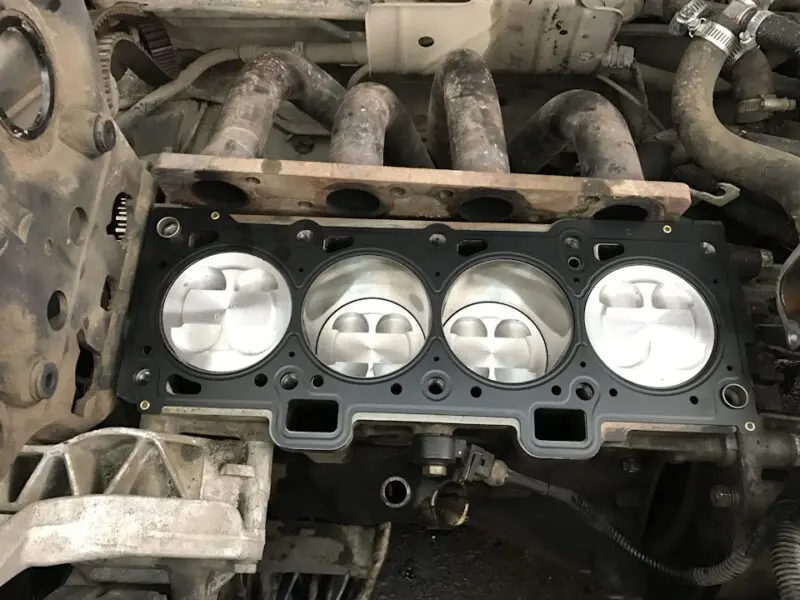
The reduction in compression is performed according to the following scheme. The cylinder head is removed and sanded. Instead of a standard gasket, two conventional analogs are installed, between which an aluminum one with a suitable thickness is placed.
Since when using this procedure, compression is reduced, a modern car will noticeably lose dynamics. In order to maintain the usual driving experience, the driver will have to spin the engine more, which will definitely affect its consumption upwards. Gasoline, which is of the worst quality, produces less clean exhaust, which is why the catalyst will run out of its resource faster and will need to be replaced frequently.
Is it worth switching from 95 to 92 at such a price, of course, this is everyone's personal business. But common sense dictates: expensive engine alterations in order to supposedly save on less expensive fuel is an irrational use of funds. This is so, because additional waste will necessarily appear in the form of repairing the fuel system (cleaning the injectors) or the catalyst.
The only reason a modern car might need such an upgrade is to install a turbocharger. When such a mechanism is connected, detonation may occur in the motor, therefore, some increase the volume of the over-piston space.
Additionally, we suggest watching a video review of increasing / decreasing the compression ratio:
Questions and answers:
Can the compression ratio be increased? Yes. This procedure allows you to increase the specific power of the motor, and also increases the efficiency of the motor as a heat engine (efficiency increases at the same flow rate).
The higher the compression ratio, the better? With an increase in the compression ratio, the engine power also increases, but at the same time in gasoline engines the risk of detonation increases (you need to fill in gasoline with a high RON).
How does the compression ratio increase? To do this, you can install a thinner cylinder head gasket or grind the lower edge of the head. The second way is to bore the cylinders for a larger piston size.
